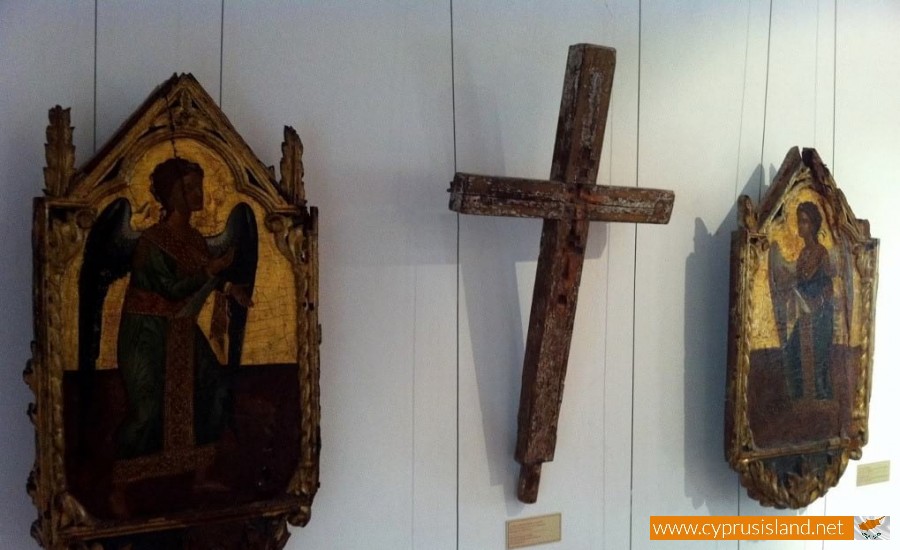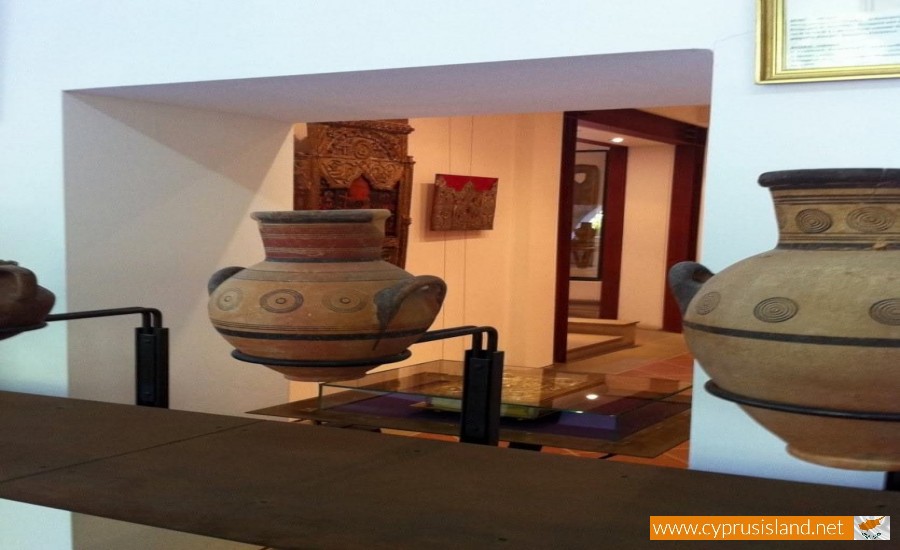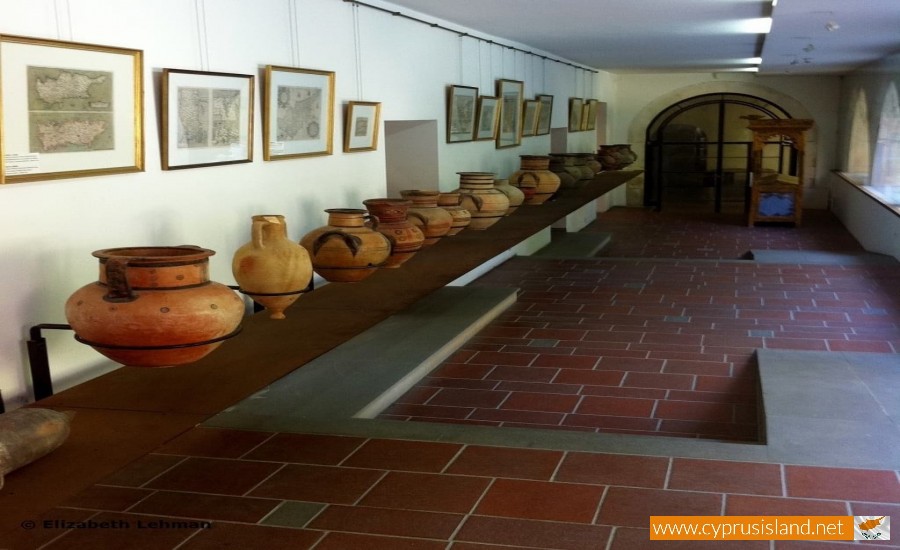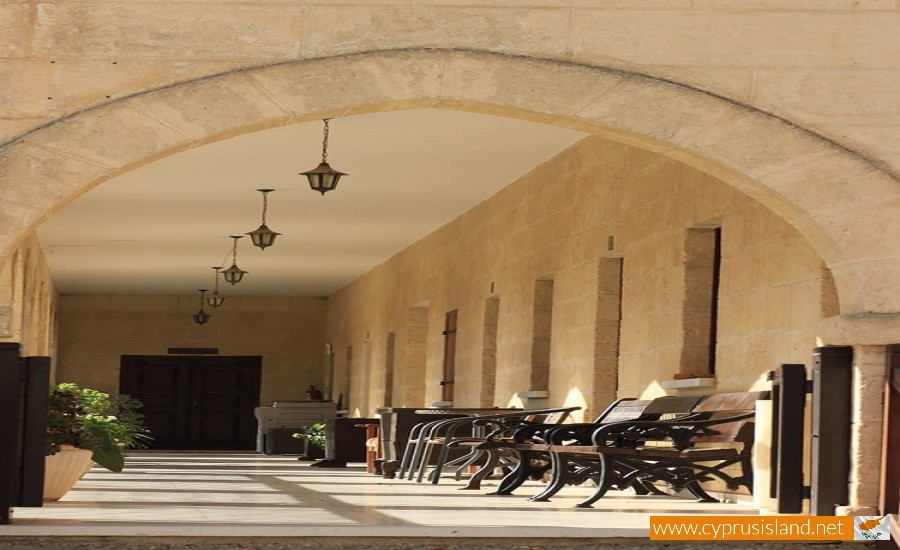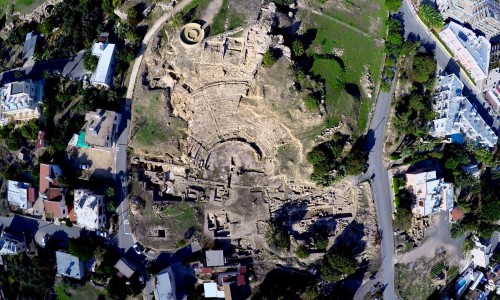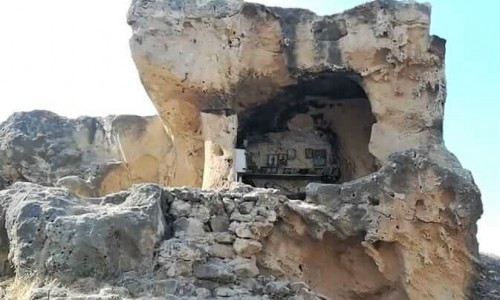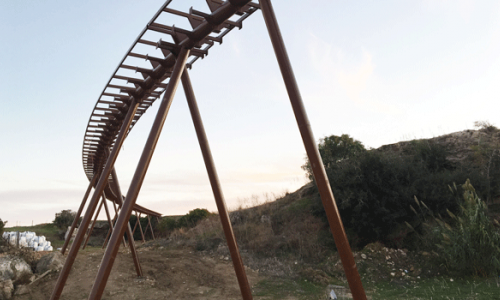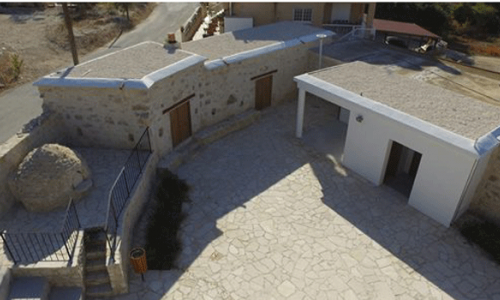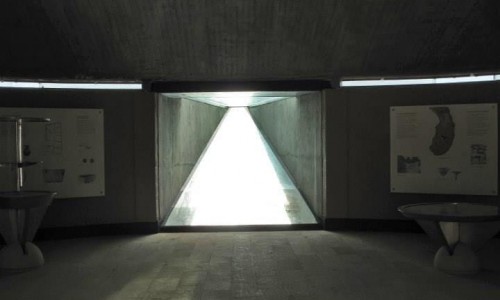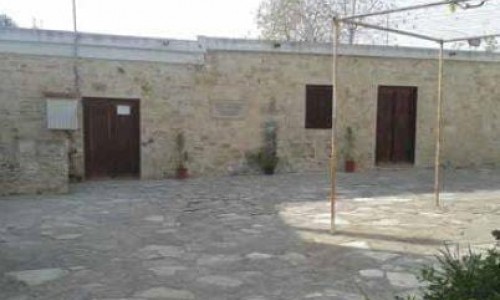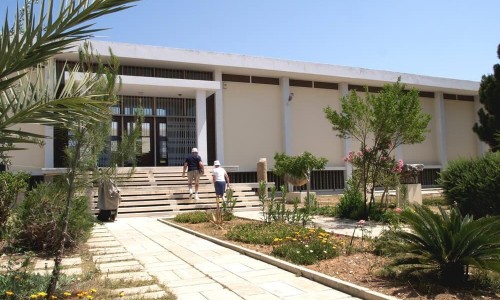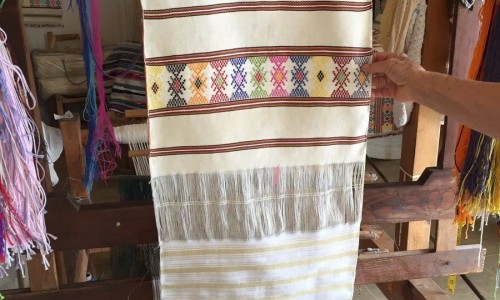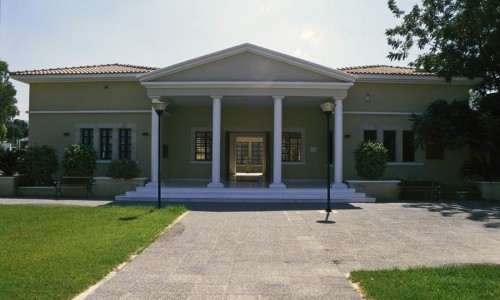Agios Neophytos Ecclesiastical Museum - Tala Village
The Agios Neophytos Monastery is located near the village of Tala, about 10 kilometres north of Paphos. The Agios Neophytos Ecclesiastical Museum is located in the East Wing of the Monastery.
The museum was made in order to protect its treasures, as well as make them available to visitors. It is made up of two parts. The first part is completely ecclesiastical, where icons, holy relics, manuscripts, old documents and church clothes dated from the 12th until the 12th and19th century are on display. The second part is non-ecclesiastical in which vessels from the Geometrical and Archaic period in Cyprus (900-600 B.C) are on display.
Visitors enter the museum through a stairway built at the north part of the east wing. In this part there are icons of small dimensions mainly of the 19th century.
There is only one icon of large dimensions that is of the Virgin Mary holding Jesus Christ on her knees. This icon is dated to 1884.
The entrance is separated from the 1st room with a large case in which a wooden altar of 1864 is on display , along with Holy Glasses and Holy Trays of the 19th century , wooden carved crosses and other Holy items of the 18th and 19th century.
The first room displays some very important icons that are dated to 1183. There are also icons of the 16th century. The second room exhibits two pairs of altar doors that are dated to the 18th century. There are also many icons of the 16th, 17th, 18th and 19th century. There are six incenses on display, the oldest one dated to 1691 and the newest one dated to the beginning of the 2nd century. In the same room, there are various golden plated gospels, manuscripts and old documents. The oldest manuscript is dated to the end of the 12th century. There is also a manuscript that is dated to the 16th century.
The third room exhibits icons and small pieces of art. The most important icon is the Panagia Engleistriani which is dated to the beginning of the 16th century. The fourth room has icons of Agiou Neophytou, the Great icon of the Virgin Mary, as well as rods of the 18th and 19th century.
Once the visitor leaves from this room, the visitor enters the great room towards the west in which the Geometric and Archaic period vessels are on display, and leaves from the built stairs at the north part of the Museum.
Location : | Tala Village Paphos |
Operating hours: | April - October, daily: 09:00 - 13:00 / 14:00 - 18:00 |
Telephone number : | 357 26 652 481 |
Fax number: | 357 26 653 709 |
Entrance Fee: | €2,00 ( Both the Monastery and the Engleistra) |
Website: |


